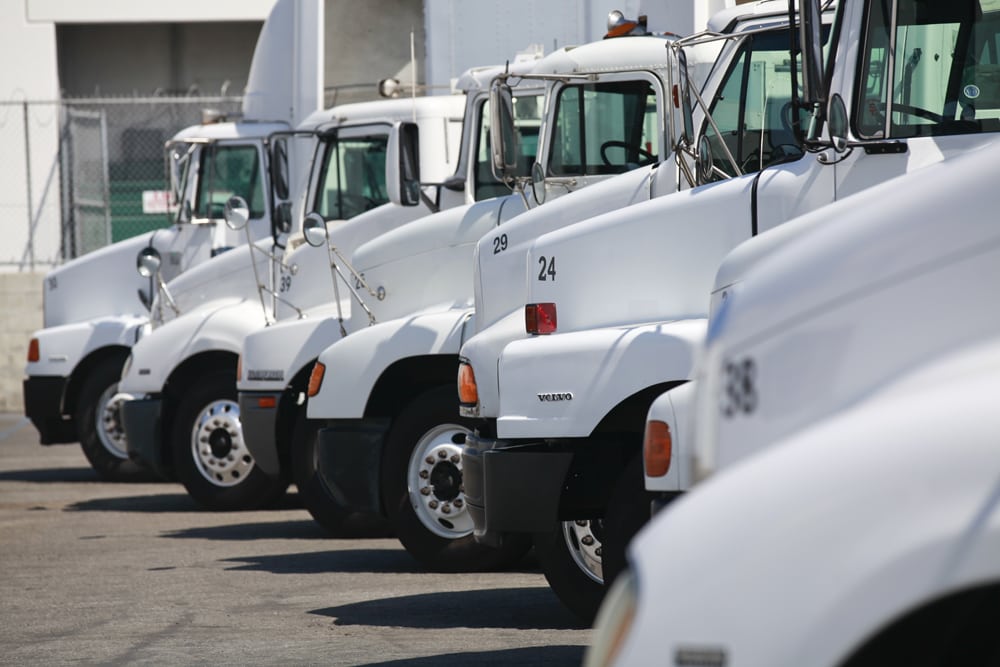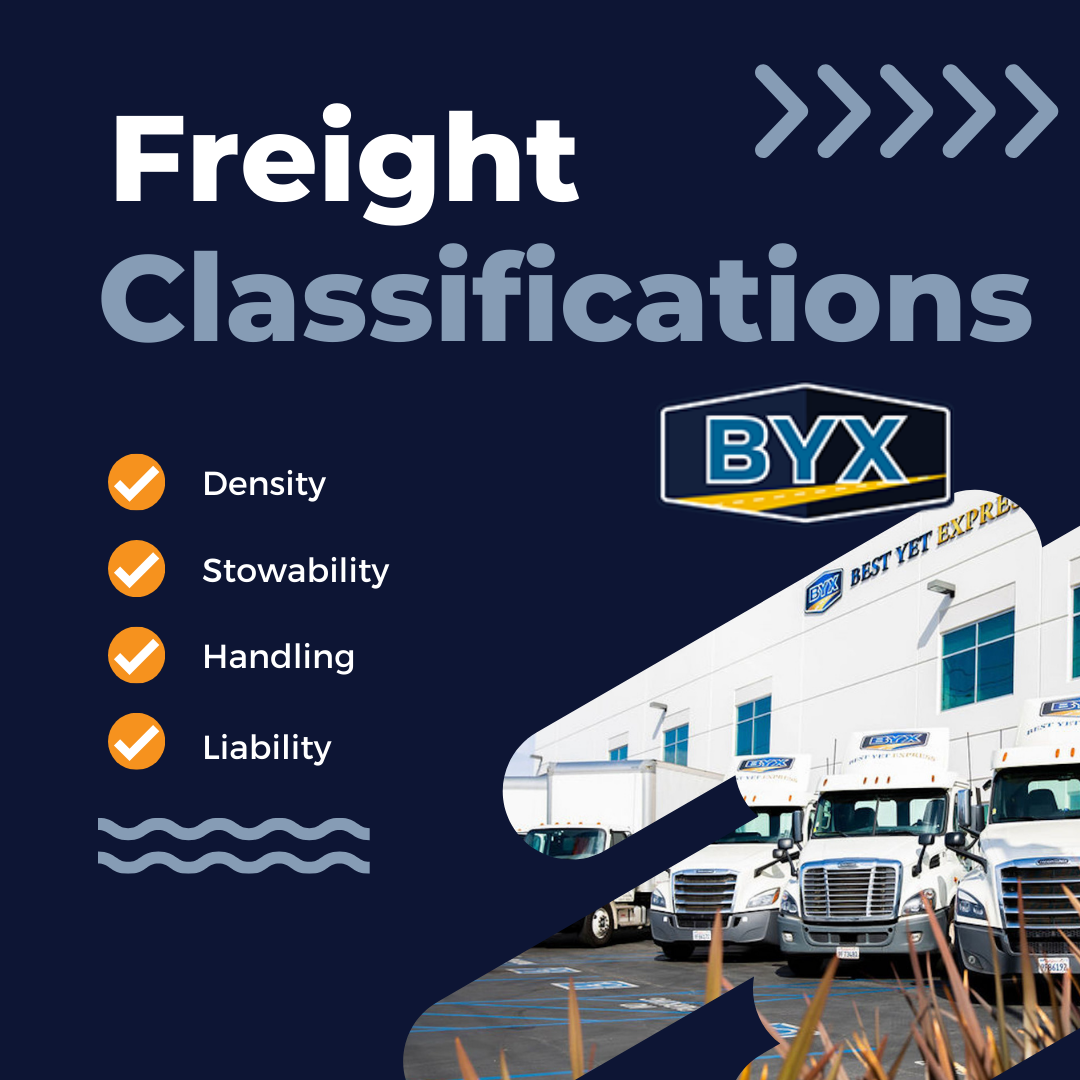You may have heard of Google’s self-driving cars. A driver is only required to assume control during tricky situations and a robot takes the wheel the rest of the way. It’s already legal in California, Florida and Nevada and has yet to crash.
However, perhaps because they don’t have a trendy company like Google behind them and the average person won’t use them, driverless trucks have been far less discussed. Yet, they’re not only real – they may take over the roads before the average person gets to nap while going 65 on a highway.
According to TechHive, experts believe the first set of operational driverless vehicles will be long-haul trucks. Here are some details about this technological breakthrough in the making.
How Driverless Trucks Would Operate
Technically, there would be one driver involved. However, he or she would lead a series of trucks that are “tethered” by a serious of sensors. In other words, it would be a game of follow the leader, with the leader being a human driver and the followers being robots.
Eventually, it is possible drivers could be eliminated entirely from the equation.
Real-World Examples
TechHive explains this technology is already popular in the European Union (EU) and Japan. The former ran a study from 2009 to 2012 in which one lead driver guided the rest of the pack while the other drivers didn’t have to lift a finger. A similar program is ongoing in the latter. The EU study demonstrated fuel savings, but the Japanese study hasn’t, so the results remain to be seen.
And it’s already operational in combat zones and remote mines, which are both undesirable to drivers for obvious reasons.
Costs and Benefits
The most obvious cost of driverless trucks will almost certainly be its impact on jobs. In the likely event companies widely adopt this technology in coming decades, plenty of drivers would lose their jobs.
Also, restaurants, truck stops and other businesses that get some (or all) of their revenue from truckers would naturally suffer.
For the trucking industry, however, this breakthrough would be a major benefit. Trucking businesses would have fewer drivers on the payroll, resulting in reduced labor expenses.
Also, if the technology lives up to expectations, they’d save a significant amount on fuel, as well. Even with the ballpark estimate of $200,000 to automate a single truck, the estimated $100,000 fuel savings per year would offset that in two years.
And since trucks don’t need breaks, efficiency would naturally improve.
Final Word
It seems that driverless trucks will become the norm at some point over the next several decades. They’re already being used in limited cases and, given the mentioned business benefits, it is likely trucking companies will enthusiastically adopt them.
That said, look for some pushback from labor groups and politicians as this technology advances. Thus, it could be a while before you hear children asking their parents what a truck driver was.
The post The Future of Driverless Trucks appeared first on Best Yet Express, LTL Trucking, Shipping and Freight.







